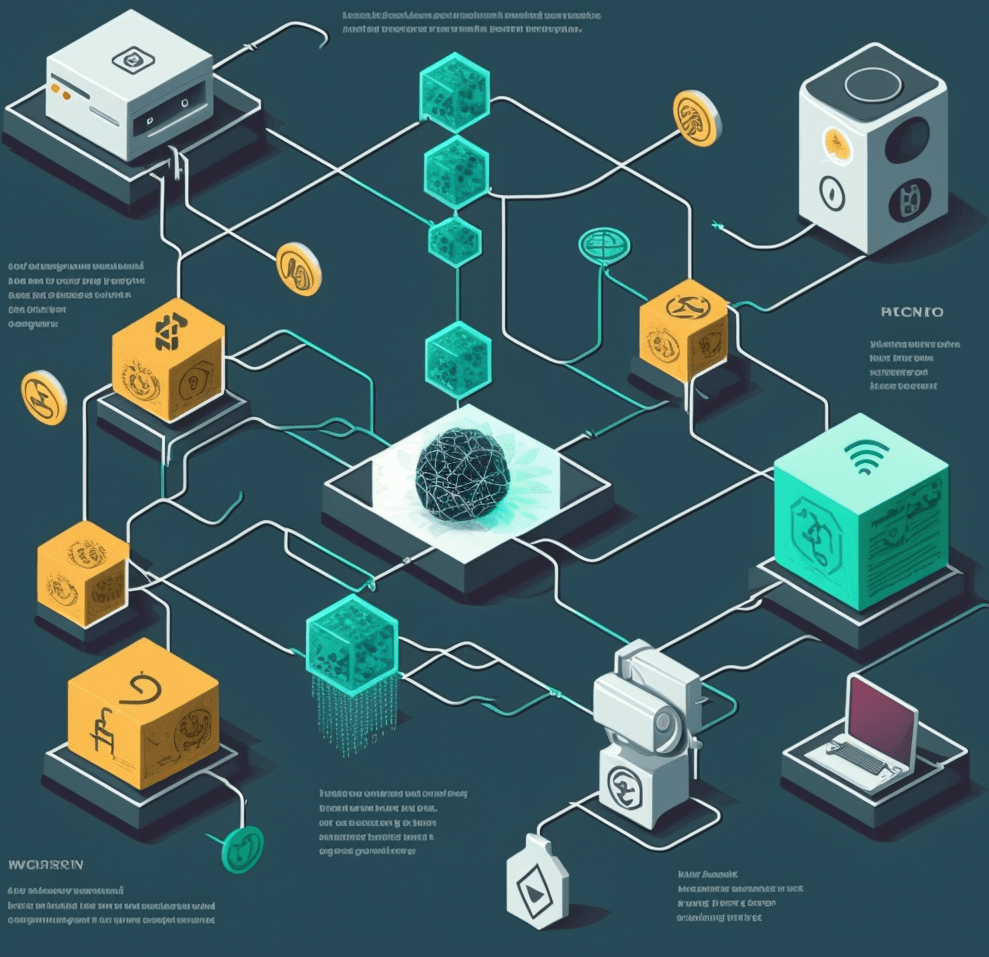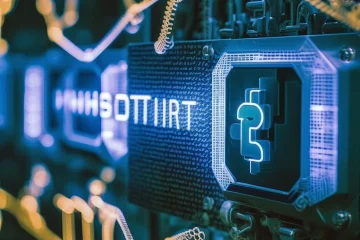Social media has become an integral part of our lives, allowing us to communicate and connect with others in real-time. With the advent of Web3, the next generation of the internet, the social media landscape is set to change dramatically. In this blog, we will explore the impact of Web3 on social media and digital identity.
What is Web3?

Web3, also known as the decentralized web, is the next generation of the internet that aims to create a more decentralized, secure, and user-centric online experience. It is built on the blockchain technology, which provides a transparent and immutable record of all transactions. Unlike the traditional web, where data is stored on centralized servers owned by corporations, Web3 allows users to control their data and identity through decentralized applications (dApps) that run on a peer-to-peer network.
The current state of social media and digital identity
Currently, social media platforms such as Facebook, Twitter, and Instagram dominate the online space, with billions of users worldwide. These platforms collect vast amounts of personal data from users, which is then used to target ads and influence user behavior. The centralized nature of these platforms also makes them vulnerable to data breaches and censorship. Digital identity, which is the online representation of an individual, is often tied to social media profiles, creating a single point of failure for identity theft and fraud.
The impact of Web3 on social media
Web3 has the potential to disrupt the social media landscape by providing users with more control over their data and identity. Decentralized social media platforms, such as Steemit and Minds, allow users to earn cryptocurrency by creating and sharing content, incentivizing engagement and creativity. These platforms are also censorship-resistant, allowing users to express themselves freely without fear of being banned or censored.
Web3 also enables the creation of decentralized identity (DID) solutions, such as the W3C standard for decentralized identifiers (DIDs). DIDs allow individuals to control their identity and data through a decentralized system, reducing the risk of identity theft and fraud.
The impact of Web3 on digital identity
Web3 has the potential to revolutionize digital identity by providing individuals with more control over their personal data. DID solutions, such as SelfKey and Civic, use blockchain technology to create a decentralized identity system that is secure, transparent, and user-centric. These solutions allow users to store their personal data on a secure and decentralized network, reducing the risk of data breaches and identity theft.
Web3 also enables the creation of self-sovereign identity (SSI), which allows individuals to control their identity without relying on third-party intermediaries. SSI solutions, such as the Sovrin Network, provide users with a secure and private way to share their data with others, allowing for greater privacy and control.
The challenges of Web3 adoption
While Web3 has the potential to revolutionize social media and digital identity, there are also challenges to adoption. One of the main challenges is the lack of user-friendly interfaces for dApps and decentralized identity solutions. These solutions often require technical expertise to use, which may discourage less tech-savvy users.
Another challenge is the lack of regulatory clarity surrounding Web3 and decentralized identity solutions. Governments and regulatory bodies are still grappling with how to regulate these emerging technologies, which may create uncertainty and hinder adoption.
Conclusion
Web3 has the potential to transform social media and digital identity by providing users with more control over their data and identity. Decentralized social media platforms and decentralized identity solutions allow for greater privacy, security, and user-centricity. While there are challenges to adoption, the benefits of Web3 are clear, and it is up to developers, regulators, and users to work together to realize its full potential


